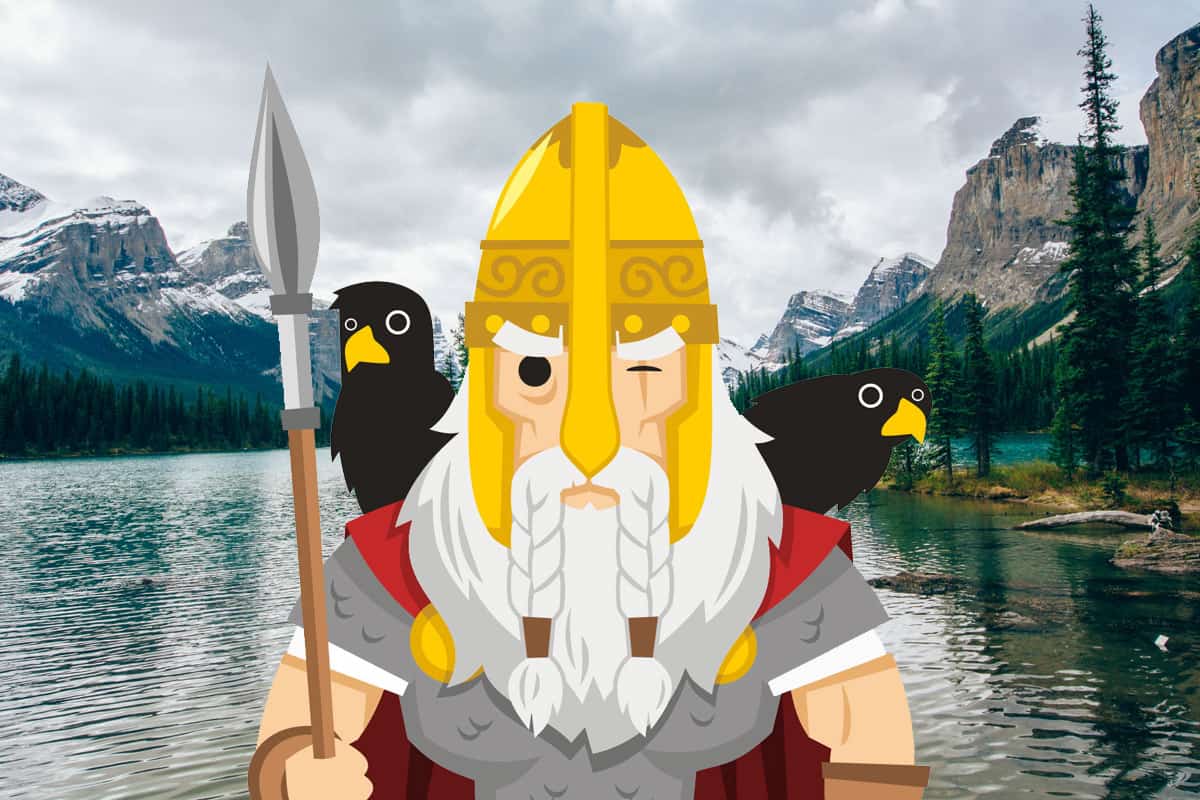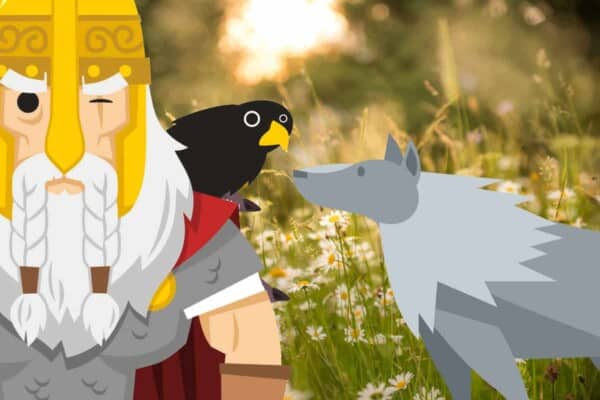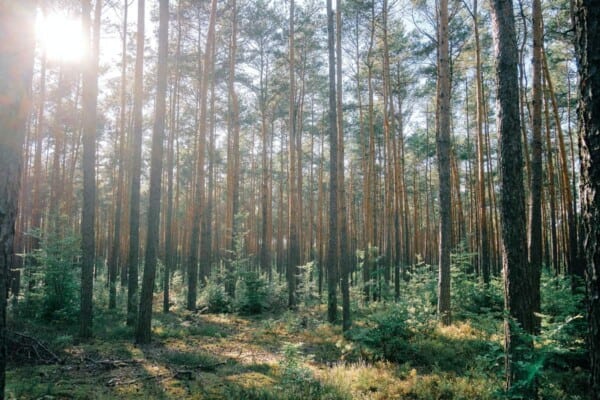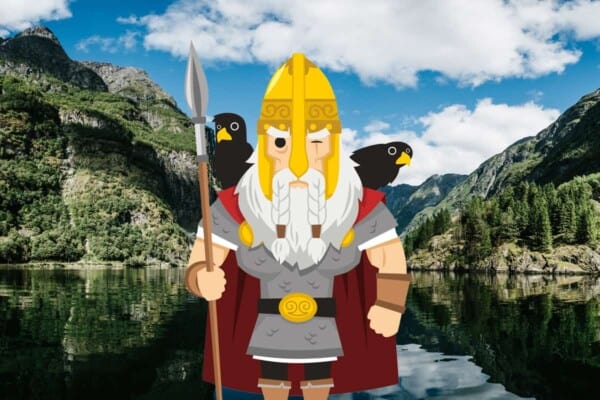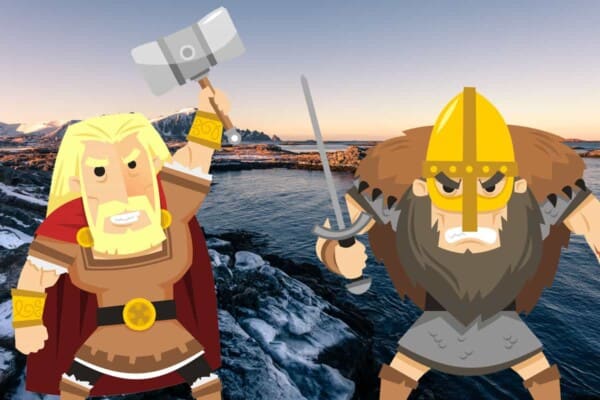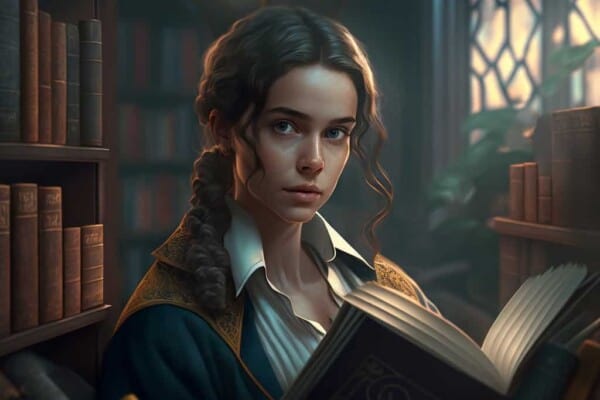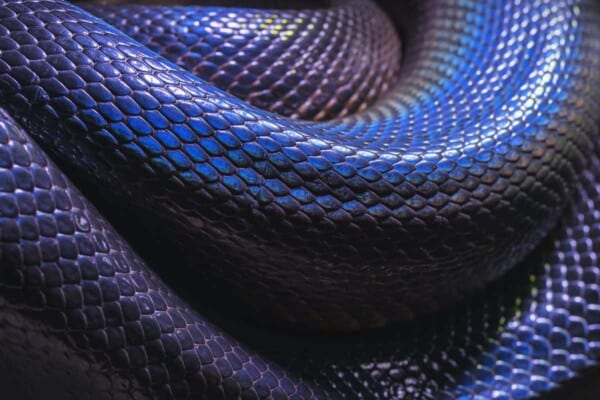Norse mythology covered several different pantheons of gods and other fantastic creatures, but the following are some of the strongest of all. These gods and giants held powers far beyond their peers and were revered by the ancient Norse as the powers that made the world work.
This list contains examples from the Æsir (primary pantheon), Vanir (secondary pantheon associated with health), and Jötnar (the troll-giants). Each one has a fascinating take on power, strength, and what it really means to be a god amongst gods!
The Strongest and Most Powerful Norse Gods, Goddesses, and Giants
1. Þórr (Thor)
Fairly well-known from the Marvel comics bearing his name, the original Norse thunder god had a few differences from the superhero version. As well as storms, he was a god of strength and fertility as well as a protector of mankind. His name and all of its variants meant ‘thunder.’
Thor’s hammer, Mjölnir, was a common icon for amulets and decoration. It was both a symbol of brutal strength and of divine blessing. His mother was Jörd, a giantess, and his father, Odin. He marred Sif and fathered gods and goddesses with her and a few other mothers.
Thor was the most physically powerful of the gods. He was charged with the protection of all of Asgard. He was fated to battle the terrifying Serpent of Midgard, Loki’s world-encompassing son Jörmungandr. Thor was the only being powerful enough to slay the beast. Although he was fated to be successful, however, he was also cursed to die shortly after defeating Jörmungandr as he would succumb to its venom.
The god was also renowned for his ability to outmatch the jötnar, with whom the Æsir often found themselves at war.
2. Óðinn (Odin)
Odin had many, many names for the hundreds of different aspects of his power. He was Draugadróttinn as lord of the undead and Haptasnytrir as the teacher of the gods, as just two examples. His Old English name, Woden, is from where we take the word Wednesday!
Where Thor was the mightiest god in strength, Odin possessed the greatest mental capacity of all of the gods. His primary dominions were wisdom, healing, knowledge, death, executions, war, poetry, frenzy, and runes…among others! He always sought new information and power. He ruled over Valhalla, where many of the dead went.
Odin’s eight-legged flying horse, Sleipnir, was birthed by Loki. His wolves, Geri and Freki, and his ravens Huginn and Muninn report back to Odin from all over Midgard. Odin also played a part in the creation of the world, slaying the terrible Ymir and breathing life into the first two humans, Ask and Embla.
He was a master of disguise, appearing throughout Norse and other Germanic texts under many pseudonyms and remaining unrecognized by the gods – even his own wife and his many sons!
At Ragnarök, he was fated to lead the Einherjar – souls of the victorious dead from Valhalla – before ultimately being slain by the terrible Fenrir.
3. Baldr
He was a son of Odin and Frigg and a half-brother of Thor, and he epitomized fairness, kindness, and beauty. He was an extremely strong and an extremely benevolent god who died long before Ragnarök but was still considered amongst the most powerful.
Baldr was entirely immortal except for one weakness – the mistletoe plant refused to promise not to hurt him. Unfortunately, due to the trickery of Loki, Baldr was killed by a mistletoe arrow shot by his own brother, the blind god Höðr.
His name is taken from words meaning “hero,” “prince,” and “brave.” He was considered the most pure, and he resided between the heavens and the earth. In the Gylfaginning, he is simply referred to as “the best” of gods. His judgments were considered infallible, and he also had the gift of foresight, which he shared with his mother. In fact, his immortality came about as an attempt to prevent his own death after a dream prophecy foreseeing it.
He was called the “wisest of the Æsir,” and even Odin considered his judgments before making his final decisions on important matters. His death was one of the important touchstones in Norse myth.
4. Rán
The ocean giantess Rán and her Jötunn husband Ægir were both personifications of different versions of the sea. While Ægir represented the peacefulness and fertility of the ocean, Rán was its anger. Stories written about her told how anyone who angered her would be torn from their ships and dragged to their deaths in the depths of the ocean.
Rán’s name meant ‘thief, robber’ and indicated how she took the lives of those who gained her displeasure. Several poems display the poet’s anguish and desire for revenge against the goddess who destroyed their loved ones.
The sea itself had several epithets after Rán, naming it her bed, her hall, her way, and her domain. Rán used her net to capture and drown men. Idiomatically, to give someone to the sea goddess, Rán was to drown them.
She once loaned her net to Loki after the trickster god borrowed it in a quest to retrieve gold for Odin. Loki was successful in his mission and Ran got her net back.
The Icelandic seafarers believed in a land of the dead below the sea, specifically for those killed by the ocean. This realm was ruled entirely by Rán without her husband’s help.
5. Ymir
Also known as Aurgelmir and by a few other names, Ymir was the primary ancestor of the jötnar. He had no parents and was instead born of venom, which dripped from the ice of the Élivágar rivers. He resided in the primordial void, the Ginnungagap.
As a child, he fed on the milk of his “sister,” a primordial cow named Auðumbla. Auðumbla’s licking the salt of the rocks also released Búri, who eventually became the grandfather of gods, including Odin and his brothers.
From his armpits and with no mother, Ymir birthed a male and a female. His legs produced another being of indeterminate gender and six heads. After his death, Ymir’s flesh and blood also birthed the dwarf races who dwelled in the mountains and made tools for man and god alike.
Odin and his brothers Vili and Vé killed Ymir, and his blood caused a massive flood that would one day become the sea. The brothers carved Ymir’s flesh and made it into the world. They made his hair into the trees, created the clouds and the heavens from his brain and skull, respectively, and gave life to Midgard, the realm of man, from his eyebrows.
6. Skaði (Skadi or Skathi)
She was the daughter of the giant Þjazi and was both a goddess and a female jötunn. Skaði married the Vanir sea god Njörðr, who was given to her after her father’s death. She had intended to marry Baldr but was told she could only choose by picking a pair of feet. She chose the wrong feet and ended up with Njörðr instead. The marriage was ill-fated, and after she got tired of him, she married Odin instead, with whom she had many children.
She also demanded that the gods make her laugh. This was notoriously hard. The only way they had any success was by tying Loki’s beard and testicles to a goat and causing the creatures to pull at each other and cry out. Her father’s eyes were then made stars.
Skaði was the goddess of mountains, skiing, and bow-hunting. Various etymologies have been suggested for her name, including ‘darkness’ and ‘harm.’ Her name may also have been the source for the word “Scandinavia.”
She had a low tolerance for mischief and silliness and was often at odds with Loki. When he was punished, it was this goddess who placed the serpent, which dripped venom upon his prone body.
7. Freyja
This goddess was associated with war, sex, gold, love, beauty, and seiðr, a kind of magic. She was often confused with Frigg, the goddess of foresight who was Thor’s mother, and scholars think they may have evolved from the same source. Freyja, though, was married to Óðr and had two daughters by him. Her twin brother was Freyjr, and her father, Njörðr.
Like Odin, Freyja had many names for her different aspects. She was known as Vanadís (daughter of the Vanir), Gefn (the giver), and Skjálf (shaker), amongst others.
While Odin ruled over Valhalla, that realm only took in around half of those slain in battle. The other half went to Fólkvangr, the heavenly fields, which Freyja ruled from her hall known as Sessrúmnir.
She was constantly sought after by powerful giants who wished to marry her, but she could handle her own even with her husband’s frequent absences. She also served as a help to all of the gods and helped humans who struggled with fertility.
She also owned the necklace Brísingamen, which she won from the dwarves after spending a night with four of them one after another, and battled for the necklace with Loki.

